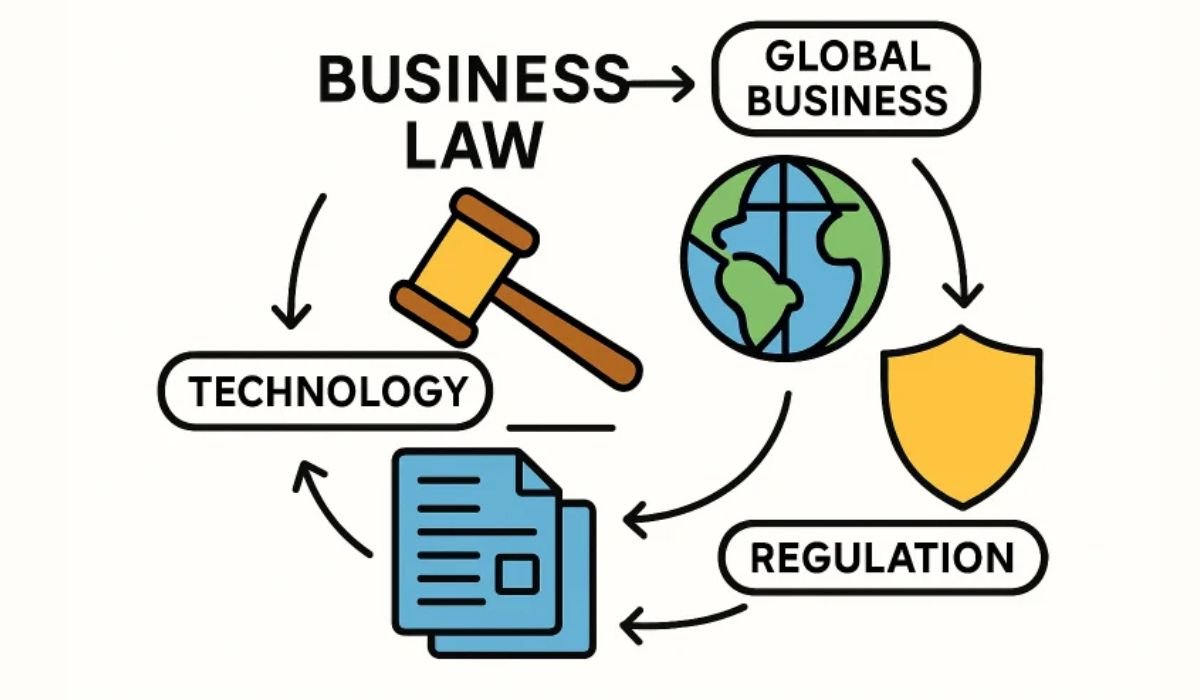Per ERISA, anyone handling cash or other property of an employee benefit plan must be bonded. This requirement applies to all fiduciaries unless they qualify for one of the Department of Labor’s exemptions for certain banks, insurance companies, or registered brokers and dealers.
An ERISA bond is similar to a commercial crime insurance policy but covers losses from dishonesty and fraud. This is a must-have for those who handle a benefit plan.
ERISA Bonds and Fiduciary Liability Insurance
Most organizations with a defined-benefit plan or pension in the United States are required to have an ERISA fidelity bond. Often called an ERISA insurance bond, this type of commercial crime insurance meets the Employee Retirement Income Security Act (ERISA) specifications.
Fidelity bonds under ERISA shield plans and participants against financial harm caused by dishonesty or fraud by those who manage plan assets. Section 412 of ERISA typically requires this type of bond and covers all persons who “receive, hold, manage, control, disburse or otherwise have custody or possession” of plan property. This includes those entrusted with the authority to direct the disbursement of plan funds or property, whether physical or virtual.
This type of coverage should not be confused with fiduciary liability insurance, which covers fiduciaries against losses incurred due to breaches in their legal obligations under ERISA. Though this insurance is not a requirement, fiduciaries should strongly consider it for the broad range of exposures they face.
How They Work
The Employee Retirement Income Security Act of 1974 requires that everyone who handles funds and other property for an employer-sponsored benefit plan like a 401(k) must get bonded. This bond, also known as a fidelity bond, covers losses due to dishonesty and fraud by the plan fiduciary.
The Department of Labor specifies that those who must be bonded include anyone with access to the plan’s money or decision-making authority. It also includes those who negotiate the plan’s property, such as mortgages, real estate titles, or physical stock certificates.
ERISA bonds typically cover up to 10% of the plan’s assets being handled. Some plans may require a more extensive coverage amount, depending on the value of the plan’s non-qualifying assets. Regardless of the coverage amount, an ERISA bond cannot have a deductible. Many surety providers provide a feature that automatically raises the bond coverage annually to maintain compliance with the Department of Labor’s rules.
How to Secure ERISA Bonds
ERISA Bonds, also called ERISA fidelity bonds, are insurance policy that protects benefit and pension plans from loss due to dishonesty or fraud by plan fiduciaries. Anyone who handles funds or property of a retirement plan must be bonded unless they qualify for an exemption. This includes employees of a company as well as those in service provider positions.
These bonds are not the same as fiduciary liability insurance, which insures against claims of negligent mismanagement, whereas an ERISA bond covers acts of dishonesty and fraud (including but not limited to theft, embezzlement, forgery, wrongful abstraction, wrongful conversion, willful misapplication, and other similar activities).
ERISA allows for substantial flexibility regarding bond forms and coverage. Individuals may be bonded individually, under a name schedule or position schedule covering individuals in the named positions, or as part of a blanket bond covering all persons who handle a plan’s funds, property, or securities. Bonds can be purchased from insurance companies, surety bond brokers, or on the Department of Treasury’s list of approved providers.
How to Monitor ERISA Bonds
ERISA bonds protect employee benefit plans from loss due to dishonesty and fraud perpetrated by plan fiduciaries. The Department of Labor oversees these bonding requirements, offers guidance, sets standards, and doles out penalties when necessary.
To obtain an ERISA bond, you can choose a provider approved by the Treasury Department to ensure appropriate standards and protection are met. Then, complete an online application. The application will request information about your business, a credit check, and the specific coverage you require.
ERISA bonds and fiduciary liability insurance protect employee benefit plans from fraudulent mismanagement by people in charge and unintentional errors that may occur during administrative processes. Acquiring both forms of protection is critical for the financial security of your retirement, health, and other employee benefit plans. This is why it’s essential to understand how these two forms of protection work and how they differ. You can then choose the best option to help ensure that your employees’ benefits are secure.










